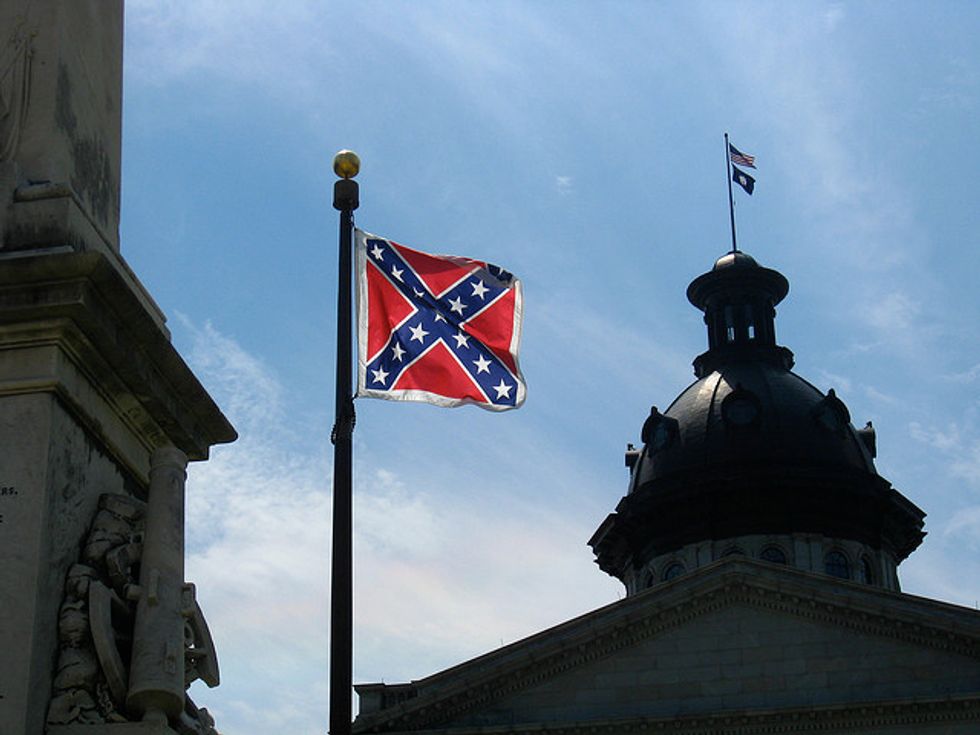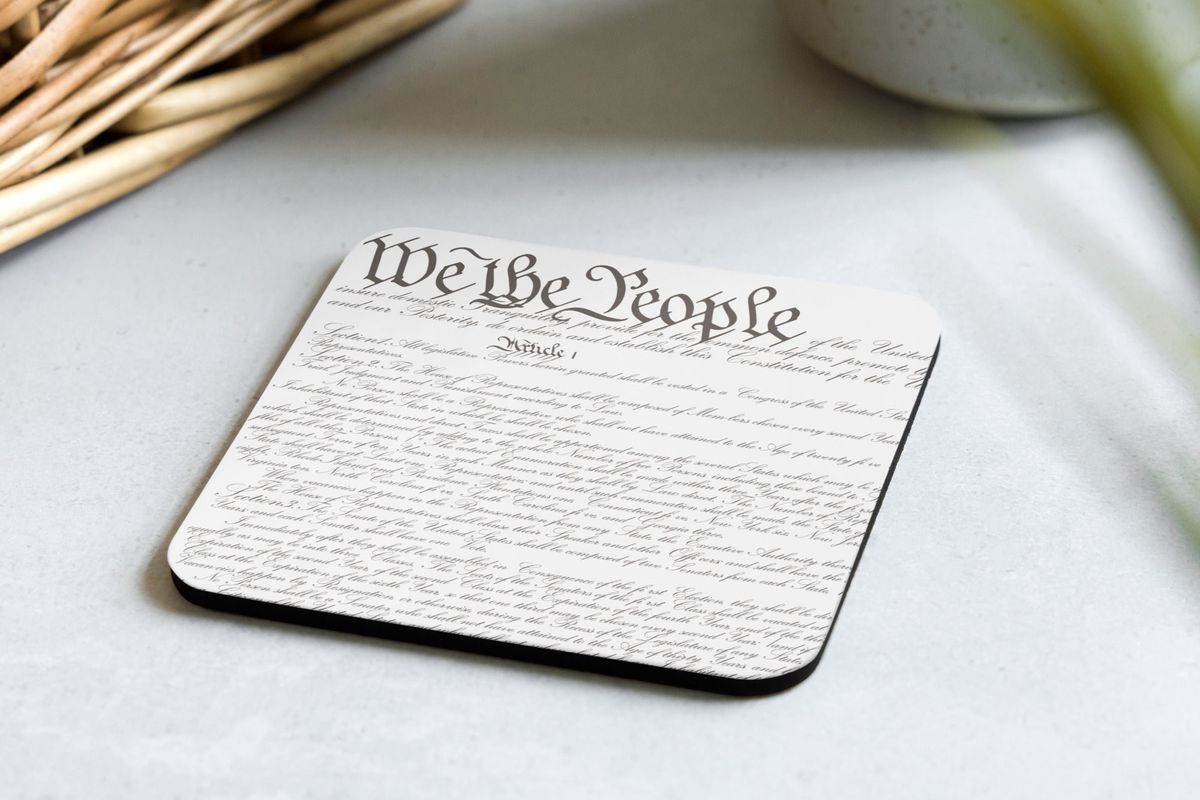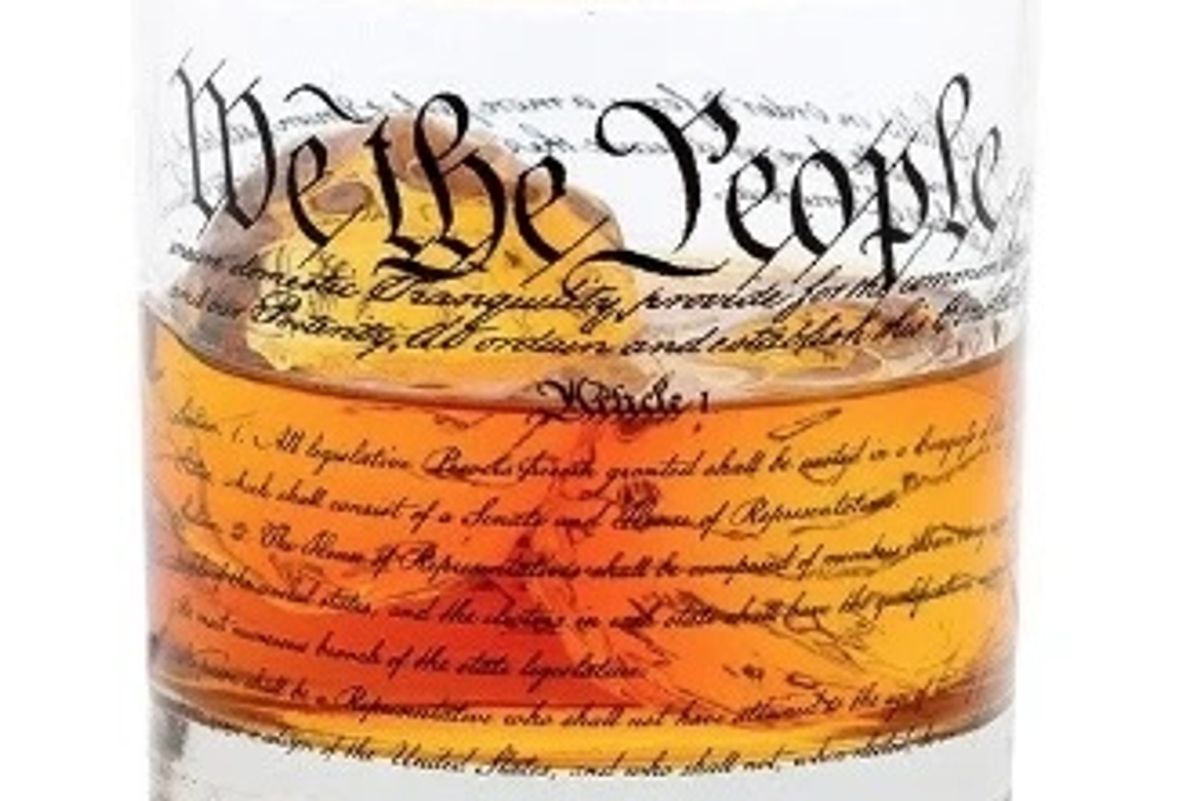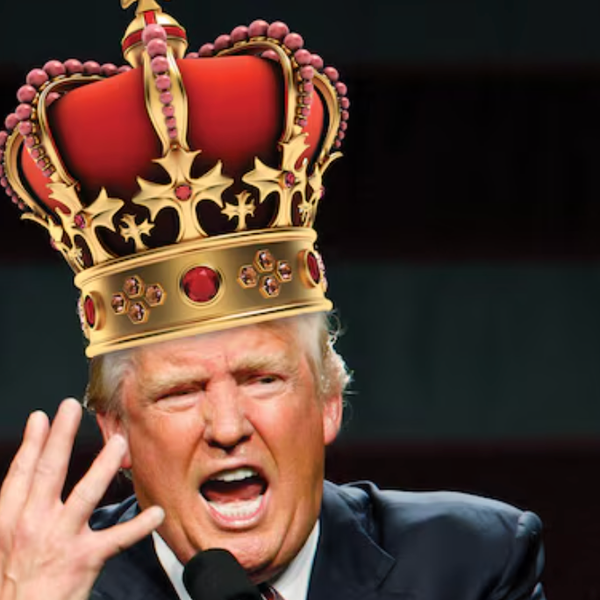South Carolina And The Confederate Flag: A Vexatious Past, Tragic Present

South Carolina, it almost had to be you: Yes, the cradle of the Confederacy. A cold-blooded race shooting there should not surprise us, despite protests that elegant Charleston is more enlightened than Columbia — where the young white male shooter comes from.
The state has a sorry place in the history of race. Dead last, actually.
In the wake of a national race tragedy, the Republican governor, Nikki Haley called for the removal of the Confederate flag from the statehouse grounds. One supreme sacrifice. She ducked speaking out on racism. Congrats are in the mail.
Pity the single best week in President Obama’s second term — with the victory on trade in Congress and the Supreme Court decision upholding Obamacare — is somber, colored with bloodshed. He will have to grapple with words that comfort and clarify when he speaks at the funeral of the slain.
After a murderous rampage that claimed nine lives in a historic black church in Charleston, the nation is shattered, with eyes fixed on the state that started the Civil War. You may think it’s long past, but it was just a minute ago there.
Often Yankees like me listen politely to local lore. Many natives don’t hide their pride, a way of stoking the fire of a lost war’s glory. I for one will no longer accept that narrative. They were on the wrong side of history — their great-great-great granddaddies. Recent Civil War celebrations and a Ken Burns documentary also create a false sense of honor on both sides and causes.
That goes for Virginia and Alabama, too — where governors have responded by get rid of the odious Confederate flag under pressure. Please don’t feel too good about yourselves, governors, the Civil War ended exactly 150 years ago — and the Union won. Amazon.com and Walmart started a retail parade. They aren’t profiles in courage, but it shows crisis brings positive change.
None should think that equals the end of racism. It is only a beginning of a long walk toward racial reconciliation. It is us whites who have the real work to do and lessons to learn. It helps to know the lay of the land. Let’s be clear that not all states are created equal when it comes to race. For some have a proud history. The three states that had the best record on the abolition of slavery were Pennsylvania, Massachusetts and Ohio.
But Maryland’s past is not so pretty. It was a slave state, with lynchings recorded into the 20th century.
In South Carolina, the first “post-racial” president will pay his respects and face the burning issue before us: race. Perhaps Obama will touch on the violence on Baltimore’s streets this spring. He will confront black and white in Charleston, where past and present are so tightly braided.
The truth is, memories always echo nearby in a state of mind peculiar to South Carolina. Instead of being incredulous let’s remember Charleston was a busy antebellum slave port. Everything flows from that.
In 1822, a major slave uprising was planned in the same church where the nine murders happened — Emanuel African Methodist Episcopal. Denmark Vesey, a free black carpenter, organized the revolt, betrayed at the last moment. A siege mentality ensued.
Vesey and three dozen co-conspirators were brutally treated and hanged to send a message beyond the city borders. Believe me, that news flew across the nation and spooked the confederacy of Southern white wealthy slaveholders: the “Slave power,” as they were known. They preferred “planters.”
The slave states were a force in Congress — as the old Confederate states are now. South Carolina’s senator, John Calhoun, was the most relentless defender of slavery who developed the “states’ rights” legal strategy. In a dramatic scene that became a catalyst for war, a South Carolina congressman caned a leading abolitionist senator, Charles Sumner of Massachusetts, on the floor.
In 1861, South Carolina was the first state to secede from the Union. A badge of — shame or honor. You tell me.
To find out more about Jamie Stiehm and read features by other Creators writers and cartoonists, visit Creators.com.
Photo: eyeliam via Flickr








